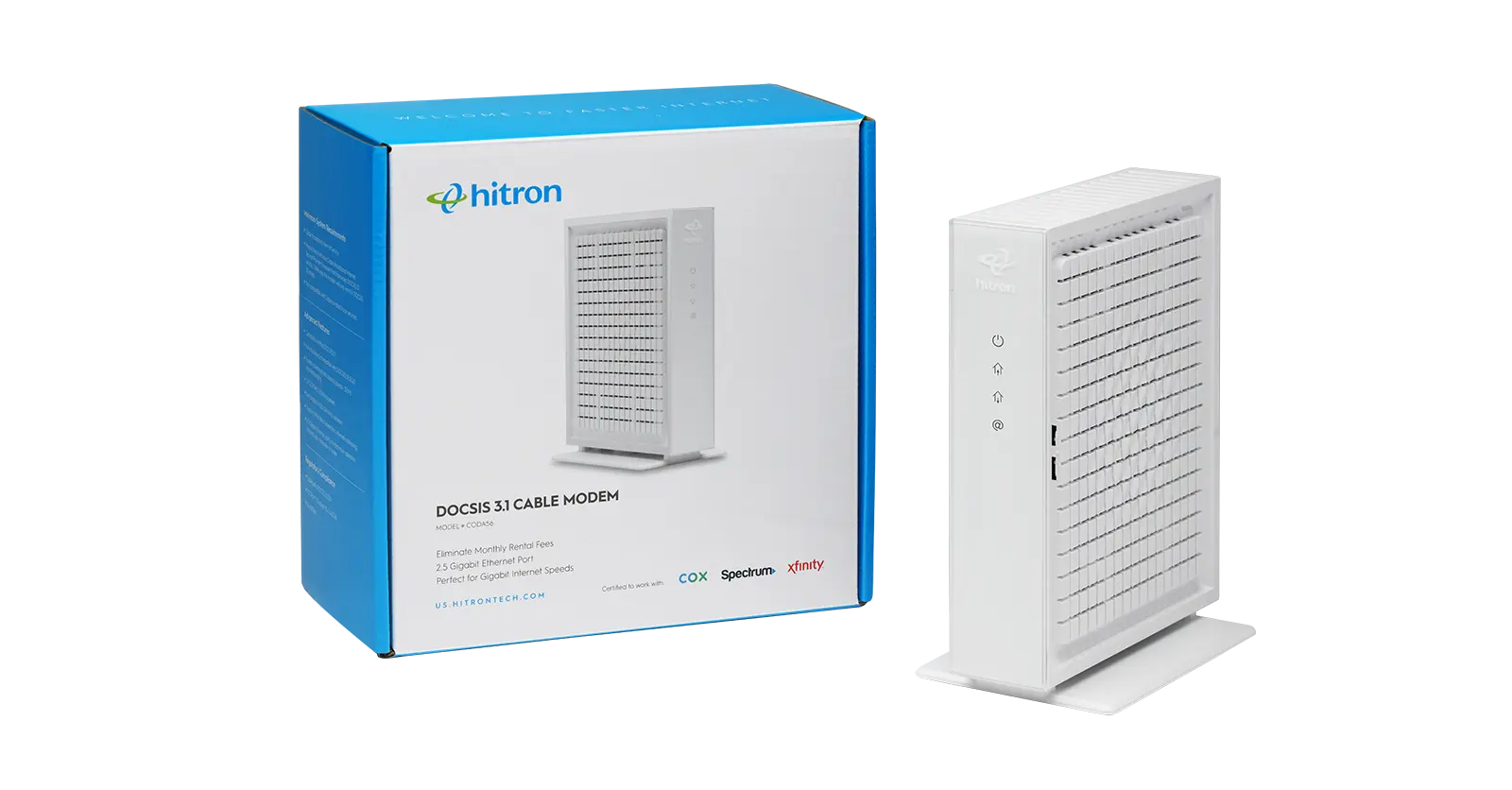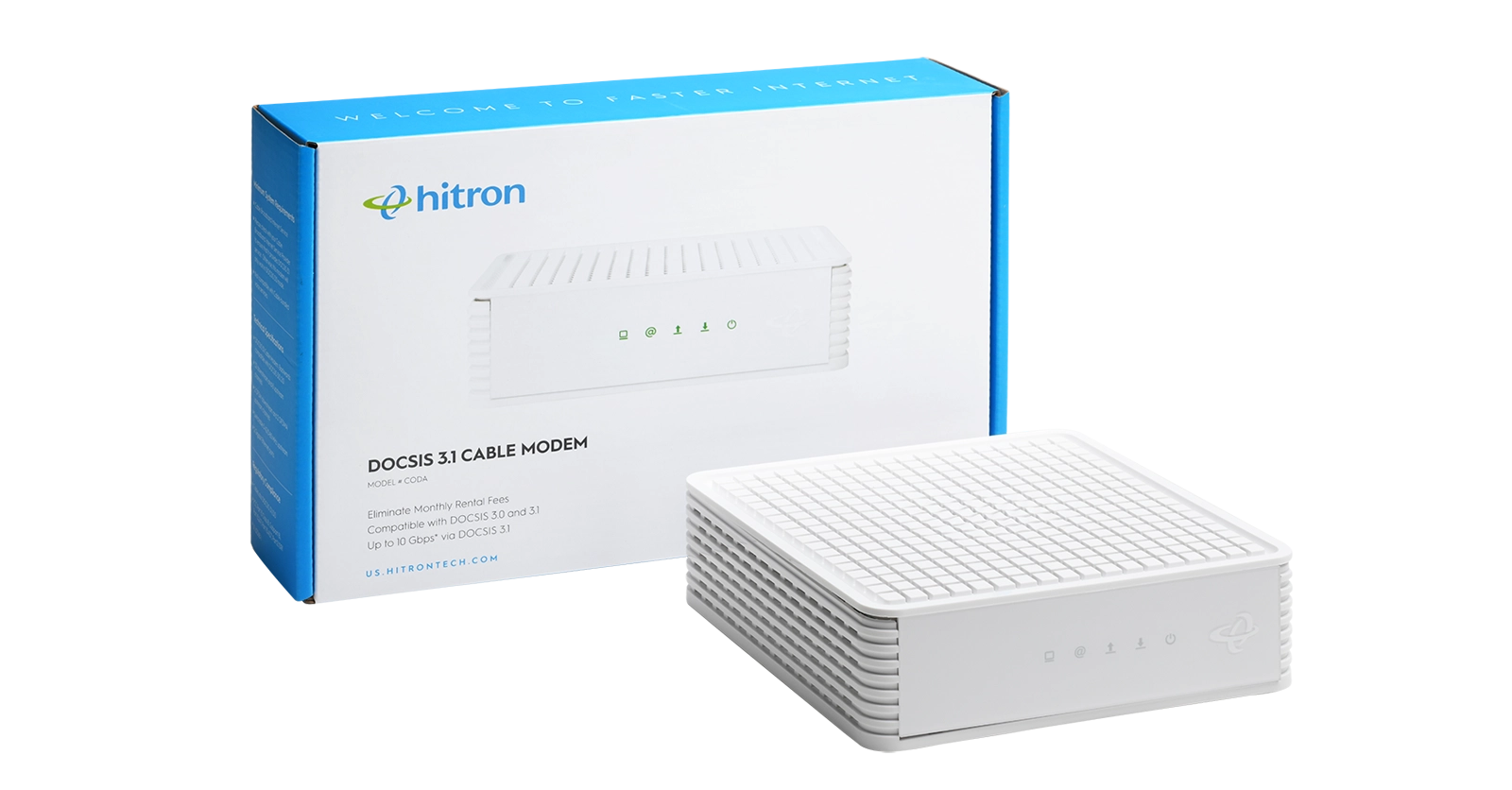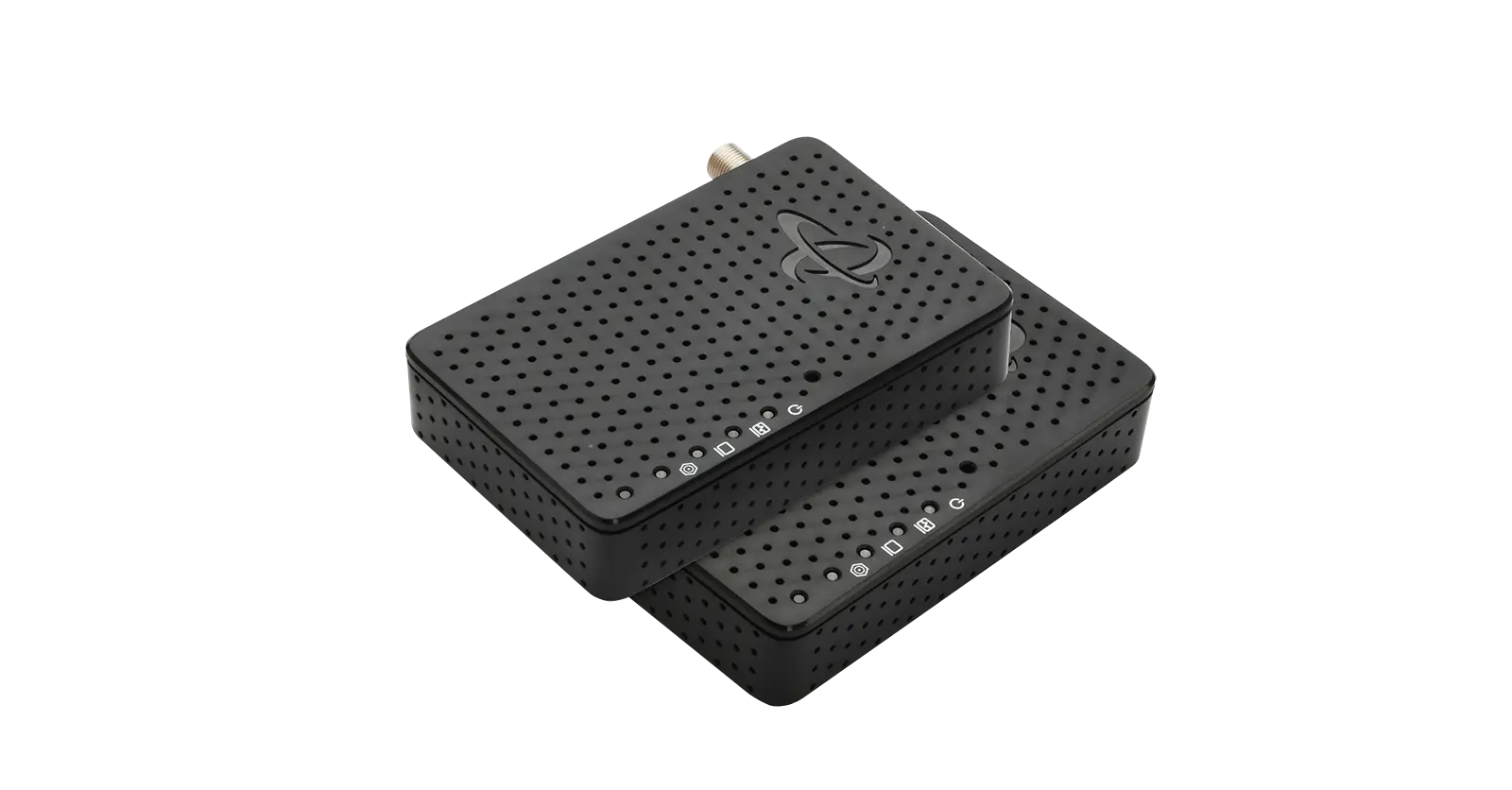Just like with how many devices you can connect to your Mesh WiFi, the number of WiFi pods you need also depends on a few things:
- How large your home is
- How much coverage you need
- The Mesh system you have
A quick guideline to follow for how many WiFi pods you need is that most often, two WiFi pods will be enough for homes between 1,500 and 3,000 sq. ft. You may add more if your home is larger (3,000 sq. ft. or more) or if you have a multi-level home including a basement, three or more floors, or four rooms or more.
What are WiFi pods?
WiFi pods (also called nodes, units, etc.) are WiFi-boosting devices that are part of a Mesh WiFi system. They can be pluggable, meaning they plug right into an outlet. Or they can communicate with an external power source. Pods are the devices that communicate with your router to bring the WiFi signal further throughout your home to whichever far-reaching rooms you place them in.
The right kind of Pods for you depend on the Mesh system you have and if you have enough outlets or not. However, the most important thing about WiFi pods is the placement.
Best Placement for WiFi Pods in Your Home
To get the best performance out of your WiFi network, you want to make sure your WiFi pods are properly placed throughout your home. Every home is unique, however, there are a few standard guidelines to follow when placing your pods:
- Make sure your pods are in a central location along interior walls to maximize coverage and speed.
- Avoid interference by placing your pods away from wireless phones, large appliances and microwaves to get the best WiFi signal.
- Place your pods in open spaces, not cramped cabinets, closets or drawers.
Sound familiar? That’s because these guidelines are the same best practices for placing your router as well. And since the pods work directly with your mesh router, that makes sense!
Looking for more information about Mesh WiFi? Check out Hitron’s Learn Page for more articles.


